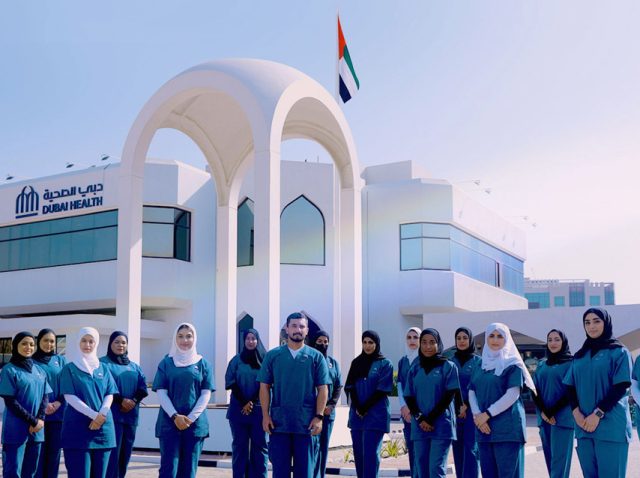In 2025, hospitals are increasingly leveraging advanced WiFi solutions to transform patient care and satisfaction. Robust connectivity is no longer a luxury but a fundamental component of modern healthcare delivery. From streamlining clinical workflows to empowering patients with real-time access to information, WiFi is reshaping the hospital experience.
Empowering Patients Through Connectivity
Access to Entertainment and Communication
Extended hospital stays can be isolating. Reliable WiFi enables patients to:
- Stream entertainment: Access movies, music, and games to alleviate boredom.
- Stay connected: Communicate with family and friends via video calls and messaging apps.
- Engage with support networks: Participate in online forums and communities for emotional support.
These features contribute to improved morale and a more positive hospital experience.
Access to Personal Health Information
WiFi empowers patients to take an active role in their healthcare by providing:
- Real-time access to medical records: Review test results and treatment plans through secure portals.
- Appointment management: Schedule follow-ups and request medication refills online.
- Educational resources: Research conditions and treatments to make informed decisions.
This accessibility fosters transparency and patient engagement in their own care.
Enhancing Clinical Efficiency and Care Delivery
Streamlined Staff Workflows
WiFi facilitates more efficient healthcare delivery by enabling:
- Mobile access to patient data: Clinicians can retrieve and update records at the point of care.
- Real-time communication: Staff can coordinate care and respond to patient needs promptly.
- Reduced administrative burden: Automation of routine tasks allows staff to focus more on patient care.
These improvements lead to faster decision-making and enhanced patient outcomes.
Integration of Smart Medical Devices
Modern hospitals utilize WiFi to connect various medical devices, enabling:
- Continuous patient monitoring: Real-time tracking of vital signs and alerts for immediate intervention.
- Efficient equipment management: Tracking and locating medical equipment to reduce delays.
- Data-driven insights: Aggregated data supports predictive analytics for proactive care.
This integration enhances the precision and responsiveness of medical interventions.
Optimizing Hospital Operations
Improved Navigation and Resource Allocation
WiFi supports technologies that improve hospital operations, such as:
- Digital wayfinding: Interactive maps help patients and visitors navigate complex facilities.
- Occupancy analytics: Data on patient flow informs staffing and resource distribution.
- Targeted communication: Personalized messages and reminders improve patient engagement.
These tools contribute to a more organized and patient-friendly environment.
Enhanced Patient Feedback Mechanisms
Hospitals can utilize WiFi to gather patient feedback through:
- Online surveys: Real-time assessments of patient satisfaction and service quality.
- Feedback portals: Platforms for patients to share experiences and suggestions.
- Data analysis: Identifying trends and areas for improvement in care delivery.
This continuous feedback loop supports ongoing enhancements in patient care.
Ensuring Security and Reliability
As hospitals become more connected, ensuring the security and reliability of WiFi networks is paramount. Key considerations include:
- Robust encryption protocols: Protecting sensitive patient data from cyber threats.
- Network redundancy: Maintaining uninterrupted connectivity for critical applications.
- Scalable infrastructure: Accommodating the growing number of connected devices and services.
Implementing these measures ensures that the benefits of hospital WiFi are realized without compromising safety or performance.
Conclusion
In 2025, hospital WiFi has become an integral component of patient care, enhancing experiences, improving clinical efficiency, and optimizing operations. By providing reliable and secure connectivity, hospitals can offer a more responsive, informed, and patient-centered environment.





